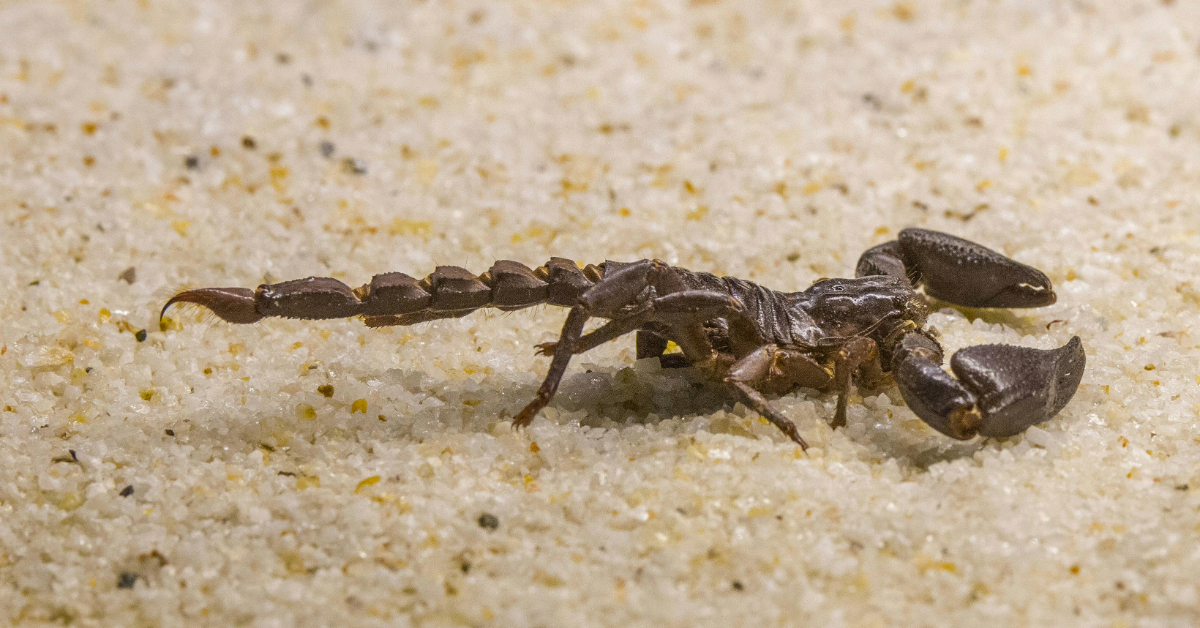With over 250,000 scorpion stings reported annually, Mexico leads the world in cases. Health officials urge immediate medical attention and prevention as summer brings a spike in incidents. Every summer, hospitals and health centers across Mexico brace for a seasonal surge in sco…






